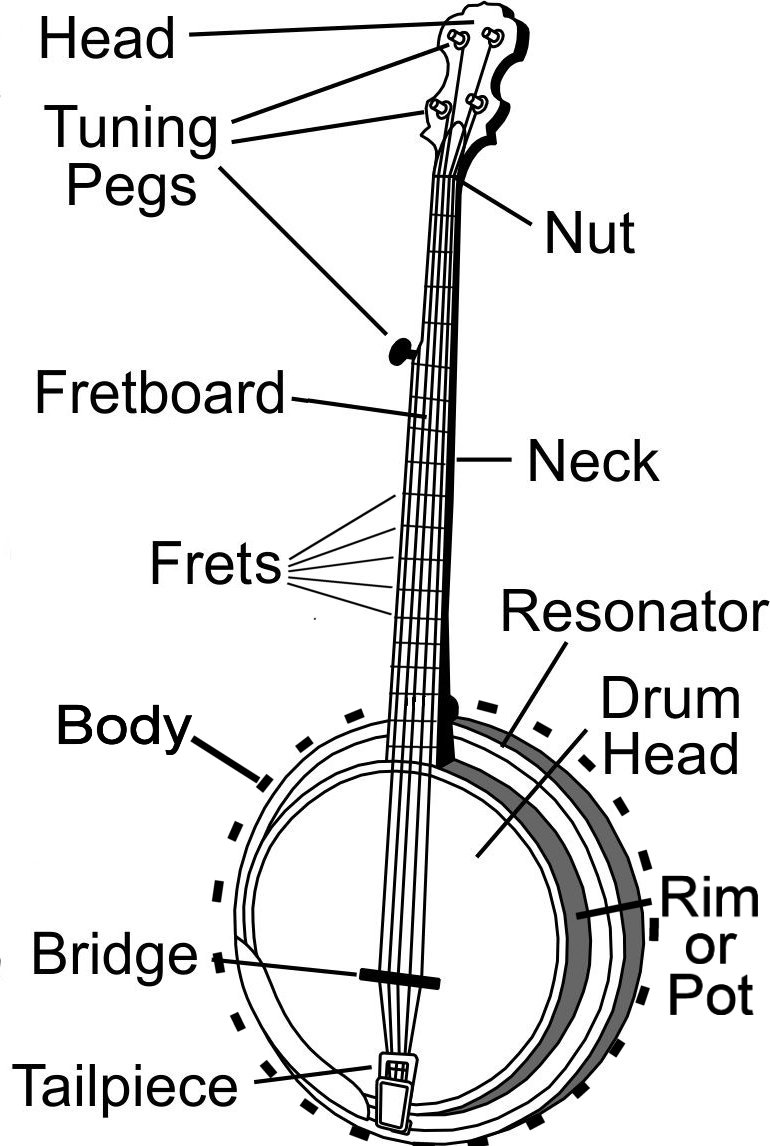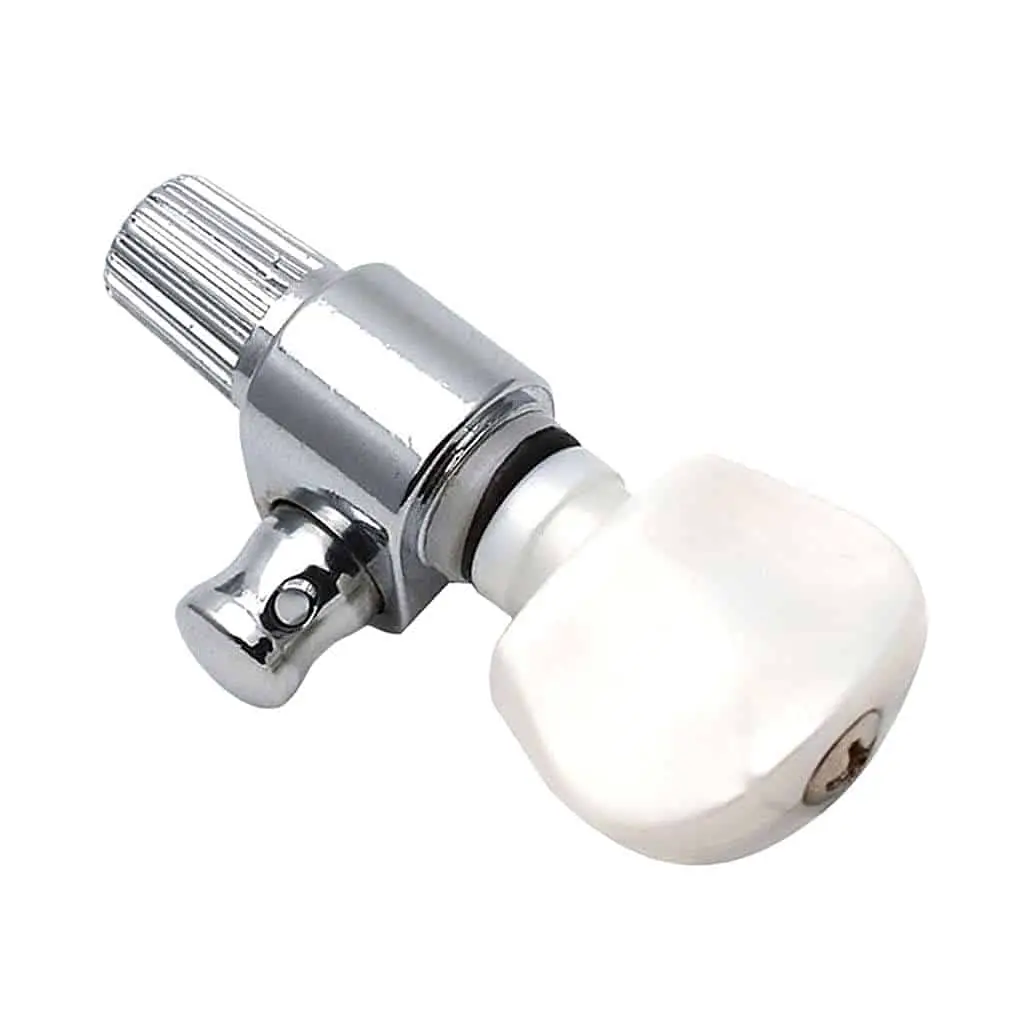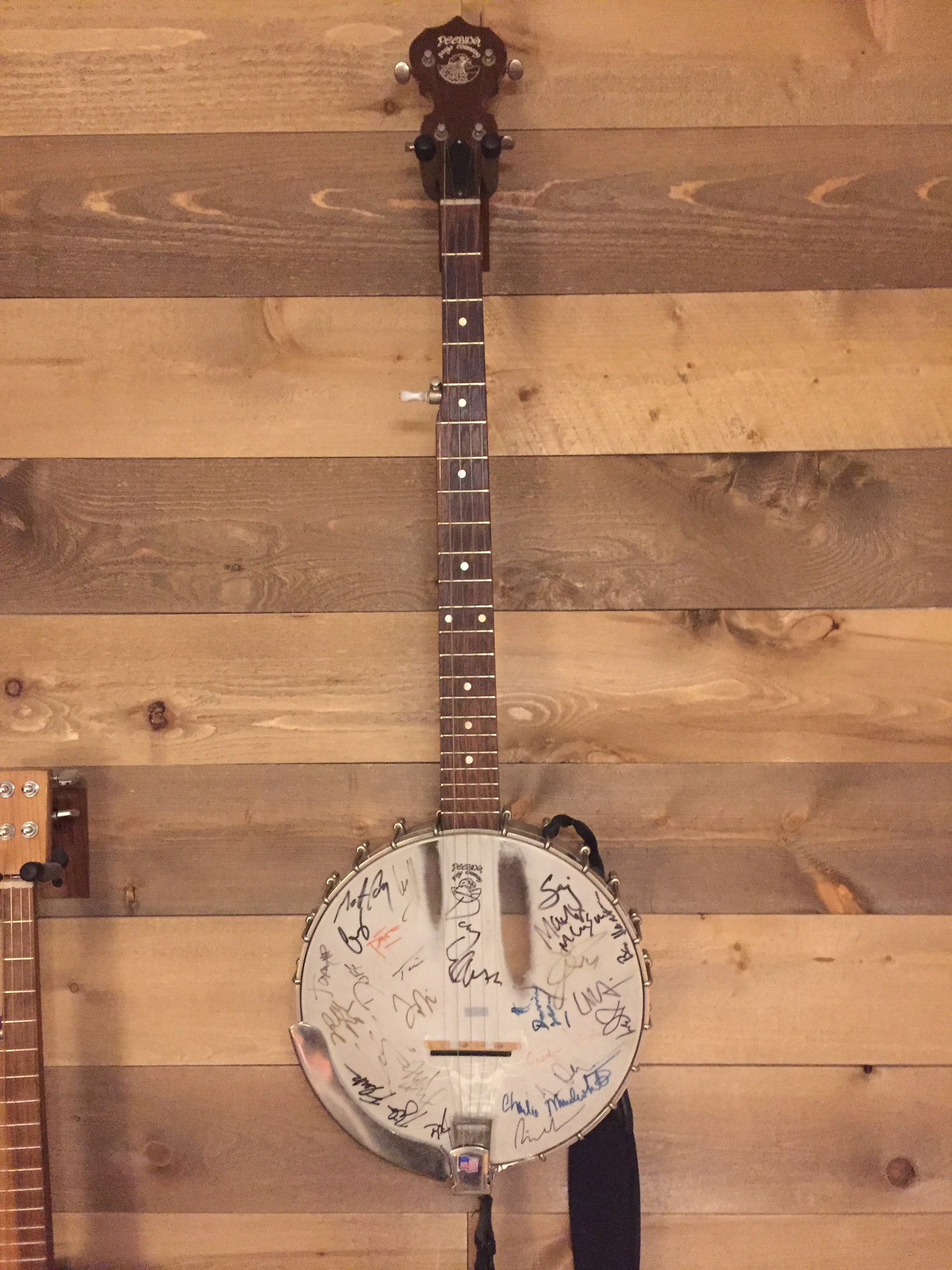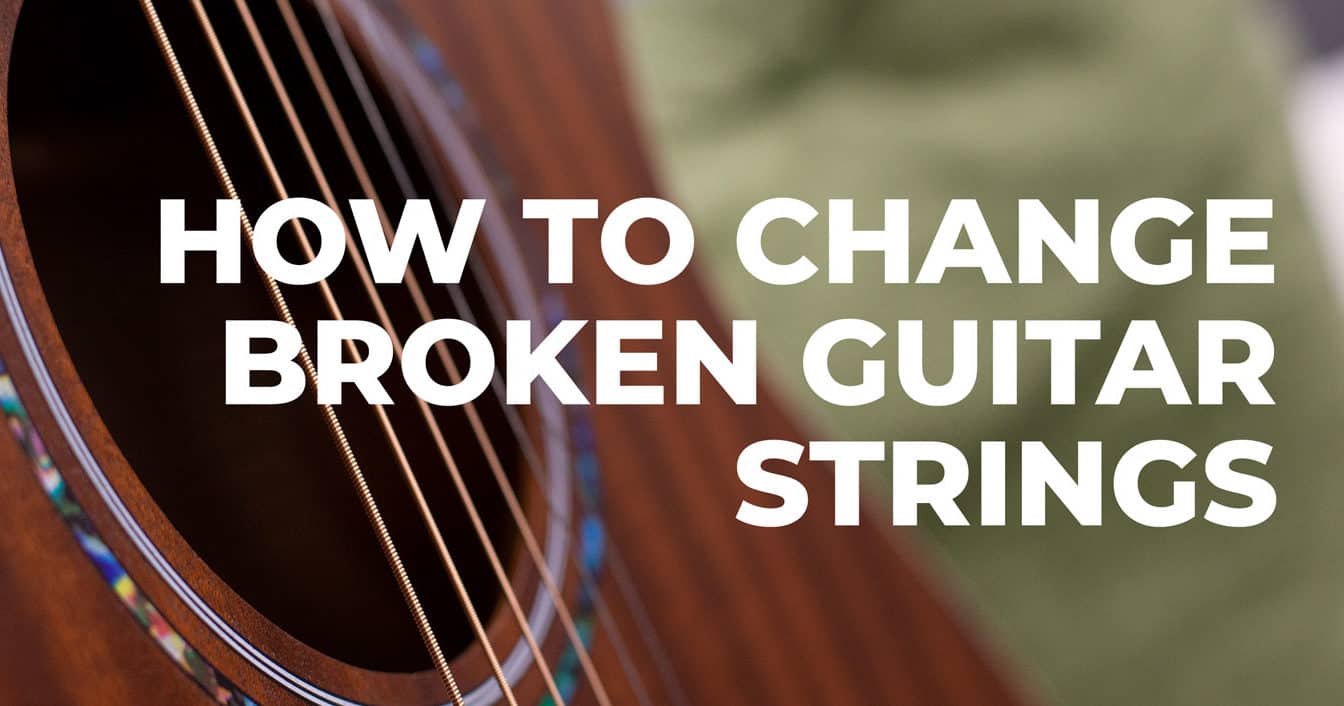Do you have a broken banjo string? If so, you know how frustrating it can be to have your playing put on pause. Fortunately, replacing a broken banjo string is a fairly straightforward and easy process that can be completed in no time. In this article, I’ll walk you through exactly how to replace a broken banjo string and get you back to playing as soon as possible.
Gather Your Supplies
- New banjo string
- Wire cutters
- Screwdriver
- Soft cloth
Remove the Broken String
Using your fingers, carefully pull the broken string out of the bridge. Once the string is removed, discard it. Make sure to get rid of all pieces of the broken string, as they can get tangled in the new string and cause damage.
Loosen the Remaining Strings
| Step | Description |
|---|---|
| 1 | Tighten the tuning peg by turning it counter-clockwise. |
| 2 | Slide the string off the tuning peg. |
| 3 | Place the new string over the tuning peg. |
| 4 | Tighten the tuning peg by turning it clockwise. |
Once the broken string is removed, the remaining strings will be tight. Loosen the remaining strings by turning the tuning pegs counter-clockwise. Then, slide the strings off the tuning pegs and replace them with new strings. Finally, tighten the tuning pegs clockwise to secure the strings.
Insert the New String
| Step | Description |
|---|---|
| 1 | Unwind the string from the tuning peg and pull it out of the banjo. |
| 2 | Insert the bridge pin into the bridge and thread the banjo string into the bridge pin. |
| 3 | Wind the string up the tuning peg and tighten it until it is at the desired pitch. |
Make sure the string is properly tightened and tuned to the correct pitch. After the string is in place, secure it by wrapping it around the tuning peg. Finally, test the sound of the string to make sure it is in tune.
Tune the New String
- Put the new banjo string into the peg and tighten it.
- Put the bridge back on.
- Tune the new string by turning the peg.
- Check the other strings and tune them if necessary.
- Check the intonation by playing the 12th fret harmonic of the string.
- Check the 12th fret fretted note and adjust the string tension until it is in tune.
- Repeat the process for all the strings.
Test the String
Once the new string is installed, pluck the string to make sure it is properly attached to the bridge and tuning peg. If the string does not sound or is not properly in tune, check the string for tightness and adjust the tuning peg accordingly. If the new string is still not in tune, the bridge may need to be adjusted. Check that the bridge is properly positioned, and the string is running parallel to the neck of the banjo.
Once the string is in tune, press down on the string the length of the neck to check that the string does not buzz or give off any dead tones. If buzzing or dead tones are present, the string may need to be raised or the bridge may need to be adjusted.
Repeat for Other Strings
Once you’ve replaced the broken string, the next step is to repeat the process for the other strings that need to be replaced. Begin by loosening the tuning peg head and sliding the old string out of the peg head and bridge. Make sure to keep the bridge and tailpiece in the same place. Then, insert the new string into the bridge and peg head. Finally, tune the string to the correct pitch. Repeat this process for each string that needs to be replaced.
Maintain Banjo Strings
To ensure optimal performance and longevity of your strings, it is important to properly maintain them. Start by regularly inspecting your strings for any signs of wear and tear. If you detect any fraying, discoloration, or other damage, it is recommended to replace the string as soon as possible. Clean your strings periodically with a dry cloth to keep them free of dust, dirt, and finger oils. If you play your banjo frequently, it is recommended to replace the strings at least every six months. Additionally, make sure to store your banjo in a cool, dry place when it is not in use.
Frequently Asked Questions
What type of banjo string do I need to replace a broken one?
The type of banjo string used depends on the type of banjo you have. The most common types are five-string banjos, four-string plectrum banjos, and four-string tenor banjos. The string gauge for each is typically different. Five-string banjos typically use medium gauge strings ranging from .010-.024, four-string plectrum banjos use light gauge strings from .010-.014, and four-string tenor banjos use light gauge strings from .009-.011. Make sure to choose the correct string gauge for your banjo.
How should I prepare my banjo before replacing the string?
Before replacing the strings on a banjo, make sure to remove the old strings and clean the banjo neck to remove any dirt, grime, and finger oils. Tighten all the brackets, screws and nuts on the banjo so that it is secure and stable. Make sure all the tuning pegs are tightened, and check the bridge and nut for any signs of wear. Finally, check the fret board for any signs of rust, and clean up the fretboard if necessary.
How do I properly wind the new string around the tuning peg?
Cut the end of the new string so that it is even, and wrap it around the tuning peg in the same direction as the old string. Wind the string around the peg three times, then cross the string back over itself, so that it wraps in the opposite direction. Wind the string around the peg three more times, and then tune the string to the correct note. Repeat the same process for the other end of the string.
How do I Tune the New String After it is Installed?
Once the new string is installed, you can tune the string to the desired pitch. To do this, turn the tuning peg until the string is in tune. You’ll know it’s in tune when the note it produces matches the note of the string right next to it that has already been tuned. You can use either an electronic tuner or your ear to identify the correct pitch.
What steps should I take to prevent future string breakage?
To prevent future string breakage, it is important to inspect the strings regularly, and to replace them as soon as they show signs of wear. Additionally, it is important to check the tuning pegs and bridge regularly to make sure they are in good condition and properly adjusted. Also, make sure to keep the instrument in a dry and protected area, as humidity and temperature fluctuations can cause strings to break. Finally, use proper string winding techniques, and if you are unsure, refer to the manufacturer’s instructions.
Conclusion
Replacing a broken banjo string does not have to be a complicated process. With a few simple steps and the right tools, you can easily get back to playing in no time. Replace the strings one at a time, and make sure to tune each string to the correct pitch before moving on to the next one. Make sure the strings are securely fastened to the bridge and the tuning pegs, and then it’s time to get back to playing.






